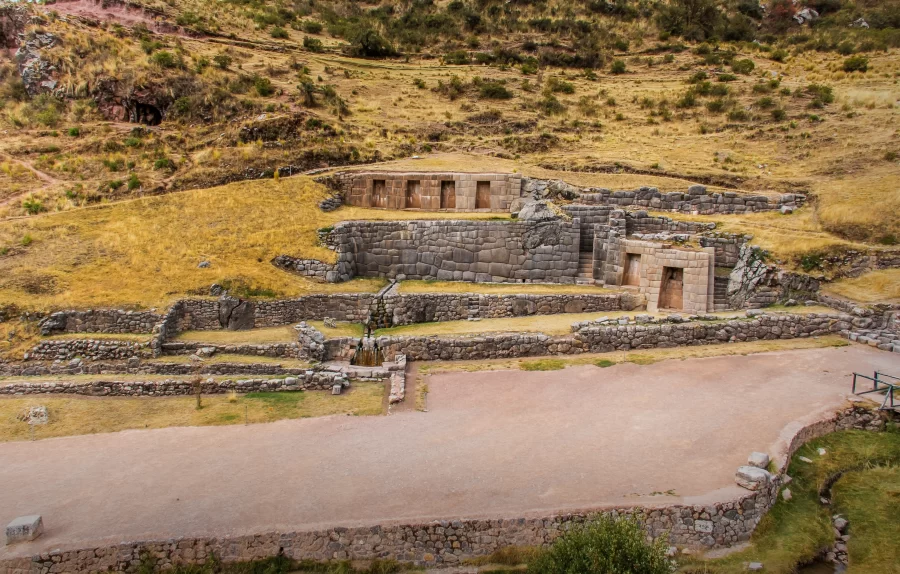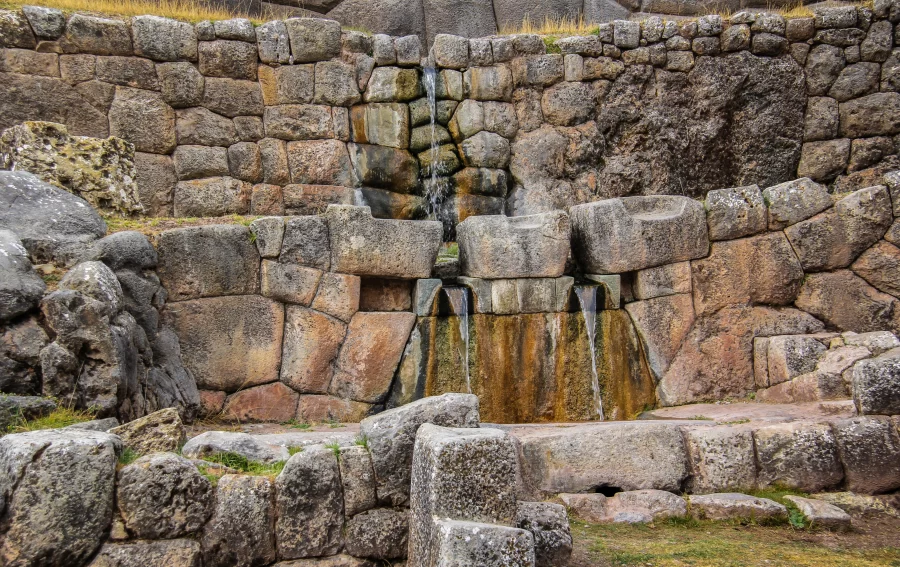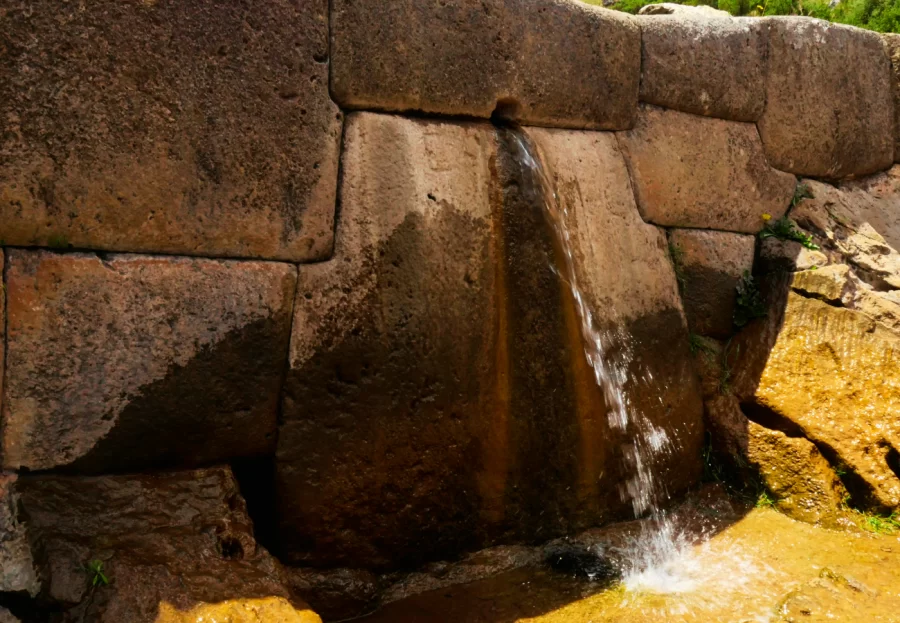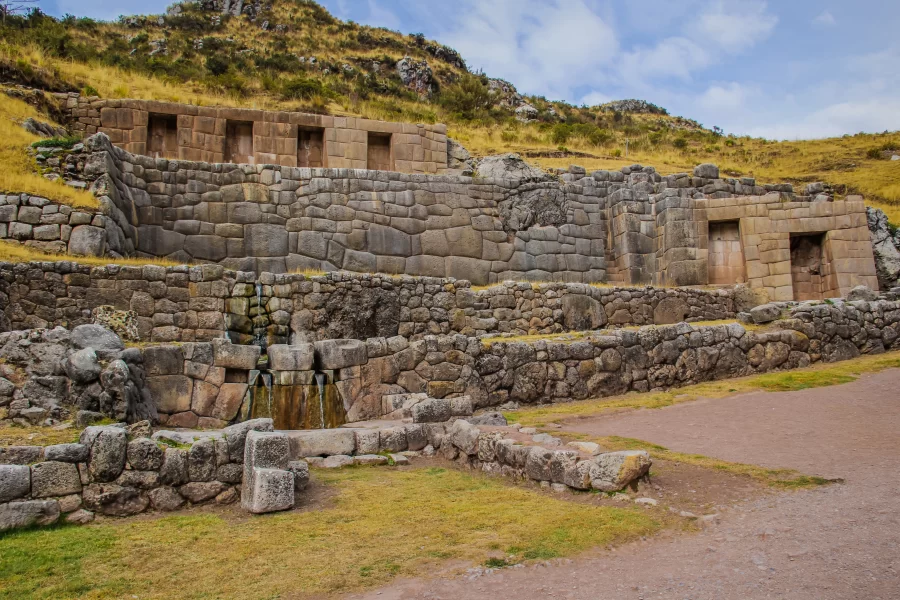If you have already visited the archaeological site of Sacsayhuaman, then now it is your turn to visit Tambomachay or known as the spa of the Inca, a place that was destined for the cult of water as well as the Inca's rest center.
This archaeological site is located 7 km from the city of Cusco, in the place you will find aqueducts, canals and waterfalls of water, its importance and origin, and if you want to know this place I recommend some tips
Table of Contents
Tambomachay was built between 1400 and 1480 AD. It is another of the places with mystery, since it is not known exactly where its name came from. However, it was assigned this name, which would come to be "place or stay of rest".
The chronicler Bernabé Cobo points out that:
Tambomachay would be the ninth huaca and this would have an exclusive use of the Inca Tupac Yupanqui, it was like a place of rest or hunting of the Inca and was also a site for the worship of water, but even so this place still does not have the correct denomination.
The archaeological complex of Tambomachay has an extension of at least 450 m² of construction although it is said that it is not excavated of the total, in the place you will be able to see a series of platforms; of the second platform the water channel sprouts, apparently this comes from a spring that has only a fall toward a puddle and of this it has two sources of water that vote the same amount of water.
In addition, you will see 4 stepped terraces that are built on a carved rock, each platform is 15 m long and 4 m high.
The archaeological site of Tambomachay is located northeast of Cusco, exactly 7 km away. It is on a paved road and only 1 km from Puca Pucara. To be more exact it is beyond Sacsayhuaman.
To reach the archaeological site of Tambomachay we must take two routes:
On foot: This route is very long, because from the Plaza de Armas you must go up to the archaeological complex of Sacsayhuaman and from there you just go to Tambomachay, which is about 15 to 20 minutes walking.
By car: As we know from the Plaza de Armas there is no public transportation that passes through there so from the Plaza Mayor we will go to Rosaspata, and from there we have the option of taking two transports, the first one is Cristo Blanco that will take you only to Qenqo and from there you will have to walk a few minutes more to get to Tambomachay.
The second is to take Señor de Huertos, which takes you to the archaeological complex of Tambomachay, in this case the fare is 2.50 to 3 soles.
You can also go on a tour with the agency that provides private transportation to the site and other tourist sites that are around, write to us to know which tour allows you to visit Tambomachay.
Exactly, it is not known where the water that flows in its channels comes from, but it really leaves everyone surprised by this great hydraulic engineering, I say so because the water that falls has a course in unevenness, but when falling into a container they do it in the same proportion, that is why it is difficult to waste water.
About 600 years have passed, but incredibly, water is still flowing from its canals.
It is believed that the Inca worshiped water, since water is the source of life and its hydraulic system would be a clear example of this. Edemas, it is known that all year round water runs through these canals and it was because of the importance given to the site.
We have several tours that include Tambomachay:
The time to visit is between the months of April to December, because during these months it does not rain in the city of Cusco and we have a pleasant climate, with a clear sky to visit Tambomachay. But that does not imply that in the other months you can visit it, because perhaps the view can be more beautiful because as it is rainy season the landscape is usually green and colorful plants.
They took this place as a sacred site, since water was venerated there for being the "source of life", this mysterious place has an extraordinary hydraulic system, which shows us two aqueducts well carved into the rock where the water runs clean and clear throughout the year.
Traditionally, the place is known as the Spa of the Inca because he went to the place to bathe in order to purify himself, according to the writings narrate that in this place the water never stopped drying for that reason also this place would be considered as the source of the "eternal youth".
To visit the place you can go from Monday to Sunday from 8 in the morning until 17 hours, the entrance ticket for this place and other sites must first acquire your Partial Tourist Ticket: for foreigners is 70 soles and for Peruvians is 40 soles; students have a discount by presenting their ID card and children under 9 years old do not pay any entrance fee.




